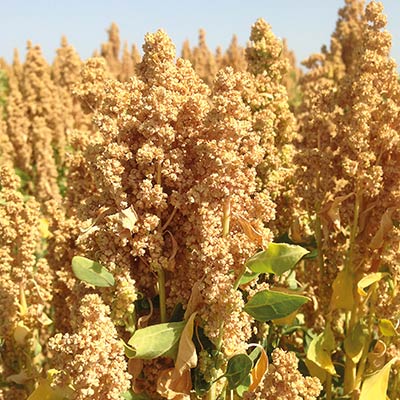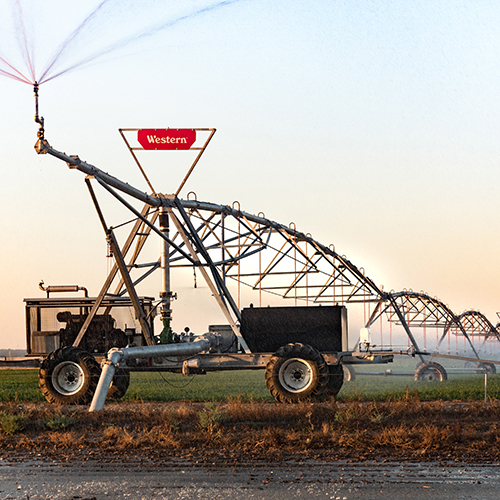
How much do we know about quinoa?
Quinoa is a pseudo-cereal belonging to the family Amaranthaceae whose scientific name is Chenopodium quinoa, although in ancient times it was known as ‘kinuwa’ by the Quechuas and ‘jupha’ by the Aymaras. It originally comes from the area round Lake Titicaca, between Peru and Bolivia. Cultivated by Pre-Hispanic civilizations, it was the basic foodstuff of the population, although it was later replaced by cereals after the arrival of the Spanish in the Andes area. Peru, Bolivia, where quinoa has been protected by a designation of origin since 2014, and Chile are the main producers of this crop in South America and its consumption has become of vital importance again in its original countries.
What makes quinoa special?
It is not by chance that it was declared ‘Crop of the Year’ by the FAO in 2013 and that NASA chose it as a recommended food for astronauts on interplanetary voyages. The principal factor making this plant so special is that it has a very complete composition,
- High level of proteins, which can reach up to 23% of the total.
- Made up of minerals (calcium, iron, magnesium), vitamins (C, E, B1, B2 and niacin) and phosphorus.
- Rich in essential amino-acids which influence cerebral development.
- Its fat content is high in Omega 6 and Omega 3.
- It doesn’t contain gluten, so that it has become a superfood widely used by athletes and people with high nutritional demands, and, naturally, for people with celiac disease.



